Shaping Ireland's Energy Future: EirGrid and Mott MacDonald's Use of PLEXOS® to Power Tomorrow's Energy Scenarios
EirGrid and Mott MacDonald: Preparing Ireland's power system for a net-zero future
4 min read
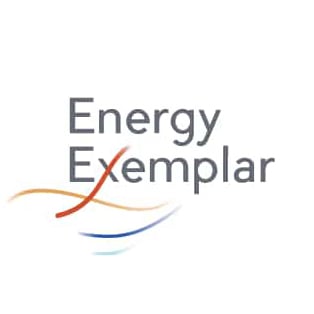 Team Energy Exemplar
:
December 12, 2024
Team Energy Exemplar
:
December 12, 2024
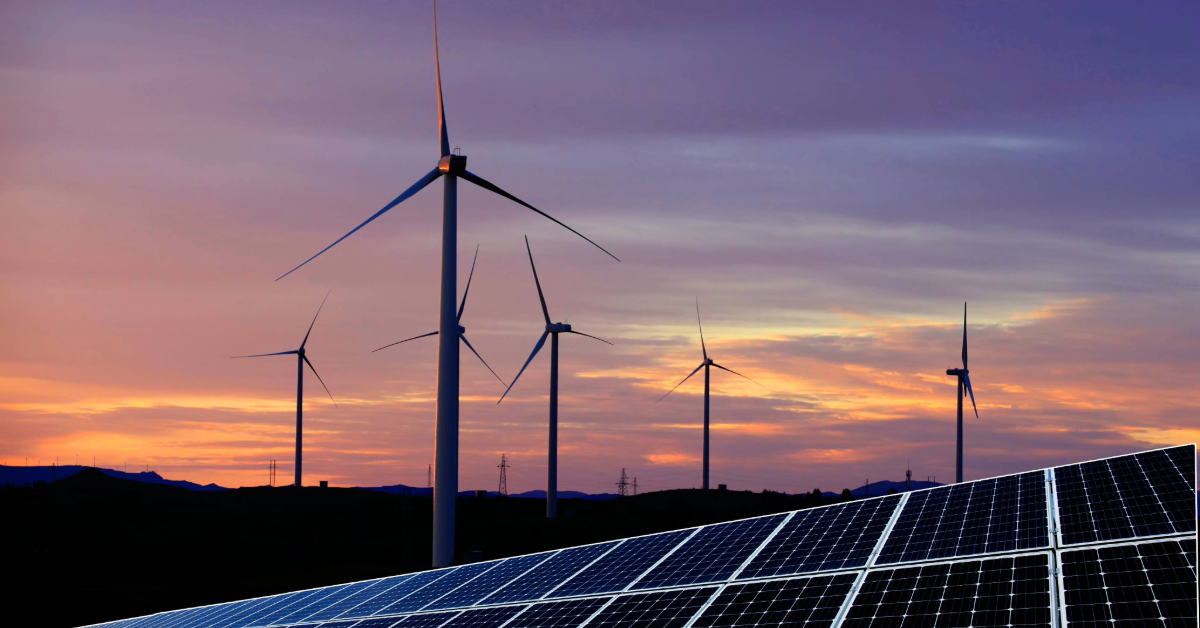
The International Renewable Energy Agency (IRENA) is an inter-governmental organization that was established in 2011 to promote the adoption and sustainable use of all forms of renewable energy sources, including solar, wind, bioenergy, geothermal and hydropower. IRENA is headquartered in Abu Dhabi and has an Innovation and Technology Center in Bonn, Germany. The agency serves as a center for excellence, knowledge and innovation, providing advice, support and networking opportunities to the European Union and its 169 member countries.
IRENA’s Renewable Energy Roadmap (REmap) team produces global, regional and country level roadmaps that accomplish three things: they evaluate the status of the global energy transition, assess technology options and regional disaggregation through 2050, and provide valuable country-level insights for policy and decision makers as they work to increase the adoption of renewable energy in their power grids. IRENA also produces thematic reports that provide detailed technical and economic analysis of specific topics, such as the future of wind and solar, stranded assets and district heating and cooling.
IRENA’s World Energy Transitions Outlook reports are based on energy and power system models that appraise the full global energy system. These models work to identify gaps that could inhibit achieving the goal set forth by the Paris Agreement to limit global warming to a maximum of 1.5 degrees Celsius above pre-industrial levels. Regional assessments go deeper, looking at key technologies, trends and cross-cutting opportunities that can further inform key national stakeholders as they make renewable energy target-setting and infrastructure decisions. Ultimately, the goal of IRENA’s work is to prompt the high-level discussions necessary for renewable energy to advance, as well as to ensure the climate compatibility of future energy pathways.
IRENA has produced ten global reports, the most recent of which was published in November 2024. It has also issued five regional reports and 17 country-specific reports. As part of its recently completed study on the Association of Southeast Asian Nations (ASEAN), IRENA produced roadmaps for Malaysia and Indonesia. The Malaysian study used a nine-node model, and the Indonesian study had 18 nodes.
To monitor global, regional and country-level progress towards the 1.5°C goal, IRENA assesses current energy sector plans, with a focus on several key indicators:
IRENA’s power and energy system models are used to identify potential challenges with planned scenarios, such as excessive near-term electrification that could create grid stability issues. They also surface data-backed insights around grid capacity and renewable energy siting.
IRENA’s analyses are not meant to prescribe solutions, but rather they illustrate how power and energy systems need to evolve to achieve the 1.5°C goal. Perhaps more importantly, they are designed to prompt renewable energy discussion among the decision makers in ministries and regional bodies, the primary stakeholders with whom IRENA collaborates.

Interested in learning more about renewable integration? In this webinar, learn best business practices for planning and operations modeling processes related to renewable and hybrid energy products with Energy Exemplar's Senior Director, Technical Sales North America, Carlos Romero.
IRENA utilizes Energy Exemplar’s PLEXOS® — an advanced modeling platform — as one of the primary software solutions in its multimodal modeling framework. IRENA completes multiple model iterations within PLEXOS for its studies to demonstrate the operational implications of different energy scenarios. The model considers the interaction between infrastructure investments, renewable curtailment, wholesale prices, cross-border trade, transmission congestion and the operation (and retirement) of conventional power plants and transmission infrastructure.
Because renewable energy technologies are largely intermittent, their integration into the grid poses challenges to transmission operators, renewable developers and utilities. The modern modeling and simulation solution offered by PLEXOS enables IRENA to consider and address these challenges within its models, providing decision and policy makers with data-informed projections. Benefits of modeling with PLEXOS include:
PLEXOS has been instrumental in helping IRENA balance broad stakeholder engagement with complex modeling requirements. Studies performed with PLEXOS have recently informed IRENA’s Southeast Asia roadmap, and the platform is currently being used to update the organization’s existing EU study. IRENA is also using PLEXOS in its work with the European Commission on a regional study for Eastern Partnership members Azerbaijan, Armenia, Georgia, Ukraine and Moldova.
IRENA’s studies, powered by PLEXOS, have ultimately illustrated the high level of collaboration and interaction needed between various national power systems to achieve the 1.5°C goal. By utilizing PLEXOS, IRENA ensures its reports reflect the multi-faceted challenges of the energy transition and provide highly accurate data to inform high-level policy and decision making around renewable energy resources.
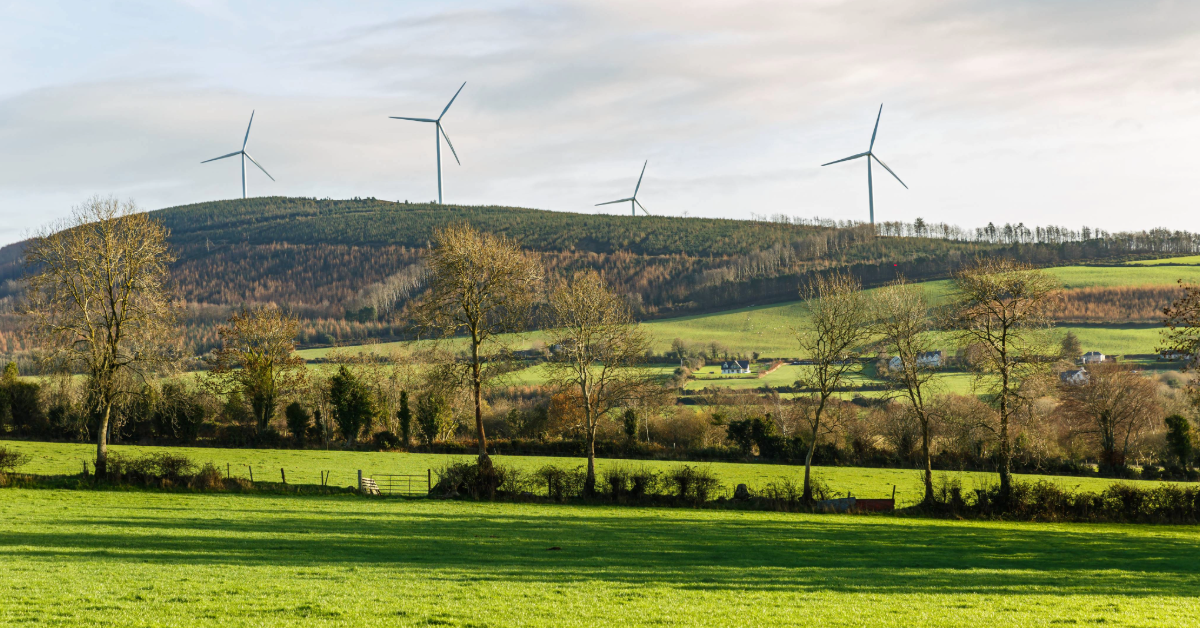
EirGrid and Mott MacDonald: Preparing Ireland's power system for a net-zero future
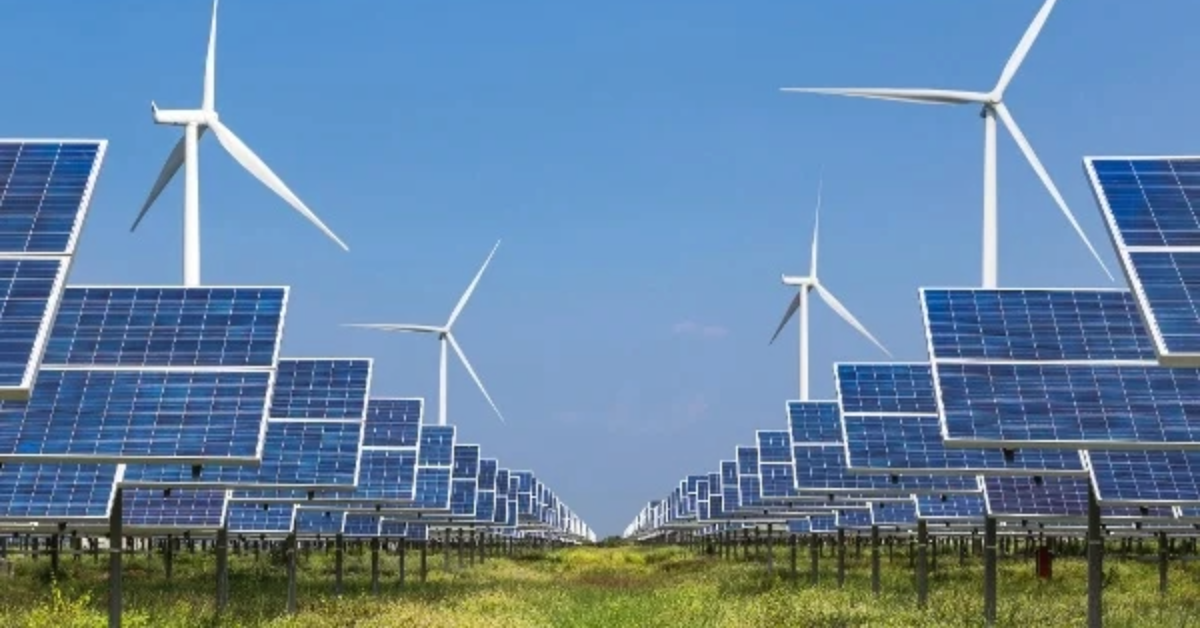
Achieving net zero emissions by 2050 will require a complete transformation of the global energy system. In the IEA's pathway to net-zero, almost 90%...
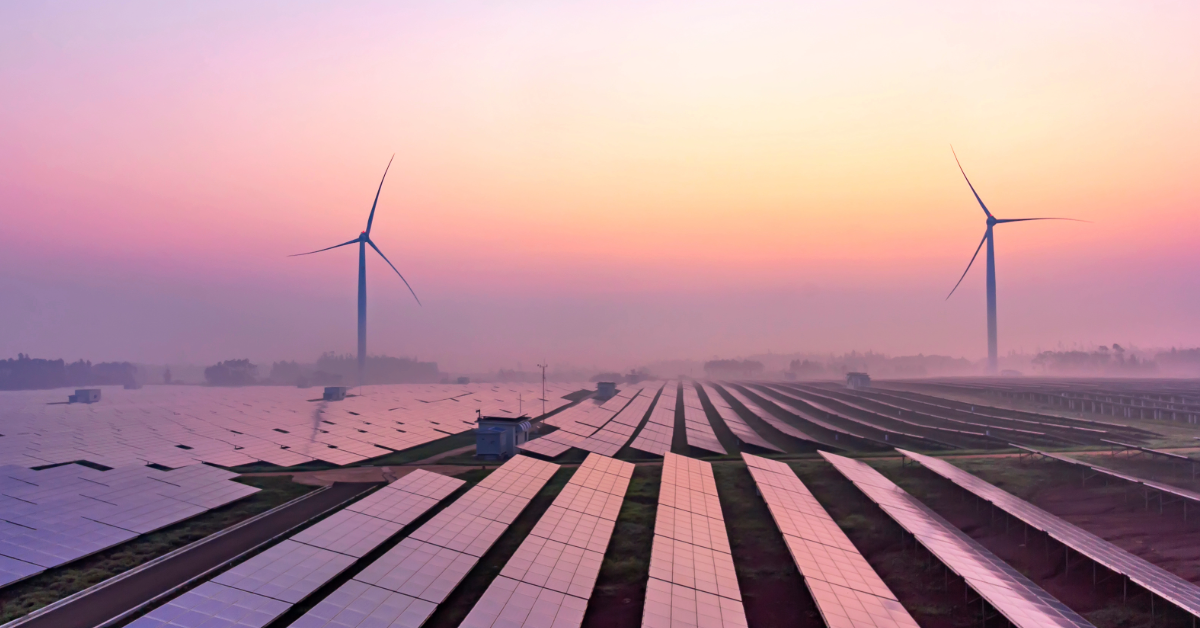
Originally published on Utility Dive on April14, 2025. Driven by increased data center demand and the electrification of transportation and home...